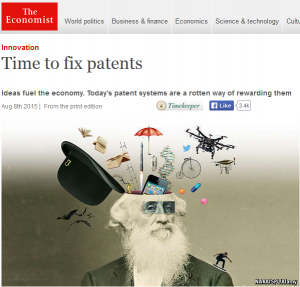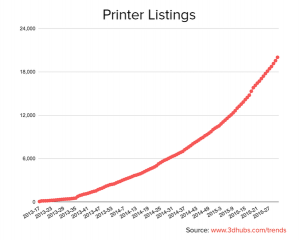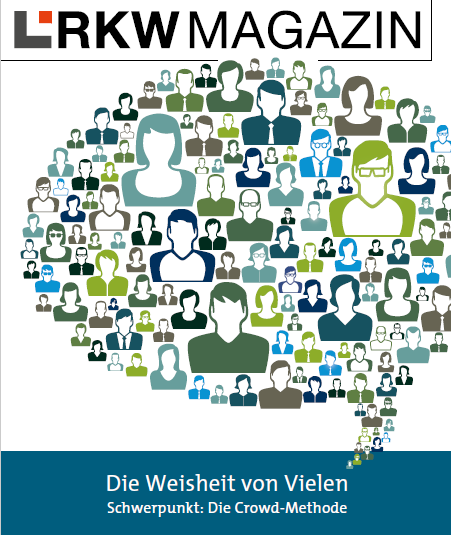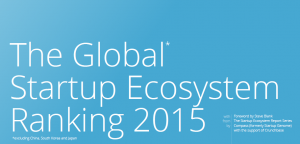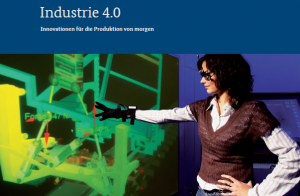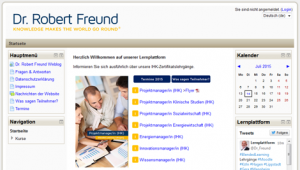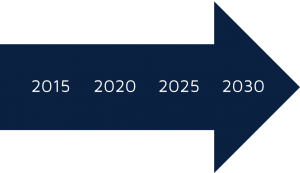 Das BMBF hat mit dem Foresight-Prozess in die Zukunft geschaut und die gesellschaftlichen Veränderungen 2030 zusammengefasst. Das VDI Technologiezentrum hat nun mehrere Bände kompakt als PDF-Dateien veröffentlicht. Ich möchte zunächst auf VDI Technologiezentrum GmbH (Hrsg.) (2015): Gesellschaftliche Veränderungen 2030 (PDF) eingehen. Darin sind insgesamt 60 Trendprofile dargestellt und beschrieben. Jedes Unternehmen könnte nun anhand dieser Trendprofile Chancen und Risiken analysieren, und zukünftige Potentiale abschätzen. In loser Folge möchte ich in unserem Blog nun auf verschiedene Trendprofile eingehen. Als ersten Trend möchte ich auf Digitaler Kompetenzdruck als gesellschaftliche Gestaltungsaufgabe (S. 38ff.) hinweisen. Es geht dabei um den “Druck, sich immer schneller weitere Medien- und Technikkompetenzen aneignen zu müssen”. Besonders hervorheben möchte ich den Bezug zur Wissensgesellschaft:
Das BMBF hat mit dem Foresight-Prozess in die Zukunft geschaut und die gesellschaftlichen Veränderungen 2030 zusammengefasst. Das VDI Technologiezentrum hat nun mehrere Bände kompakt als PDF-Dateien veröffentlicht. Ich möchte zunächst auf VDI Technologiezentrum GmbH (Hrsg.) (2015): Gesellschaftliche Veränderungen 2030 (PDF) eingehen. Darin sind insgesamt 60 Trendprofile dargestellt und beschrieben. Jedes Unternehmen könnte nun anhand dieser Trendprofile Chancen und Risiken analysieren, und zukünftige Potentiale abschätzen. In loser Folge möchte ich in unserem Blog nun auf verschiedene Trendprofile eingehen. Als ersten Trend möchte ich auf Digitaler Kompetenzdruck als gesellschaftliche Gestaltungsaufgabe (S. 38ff.) hinweisen. Es geht dabei um den “Druck, sich immer schneller weitere Medien- und Technikkompetenzen aneignen zu müssen”. Besonders hervorheben möchte ich den Bezug zur Wissensgesellschaft:
Lebenslanges Lernen ist eine Grundbedingung für die Informations- und Wissensgesellschaft. Digitale Medien bieten hier effektive Möglichkeiten, bedürfen aber einer weiterführenden, kognitiv-neurowissenschaftlichen sowie didaktischen Untersuchung hinsichtlich der möglichen negativen Auswirkung auf den Menschen. Insbesondere müssen hierbei mögliche Unterschiede beim Zugang zu Informationen und bei der Nutzung der zur Verfügung stehenden Informationen diskutiert werden.
In den von uns entwickelten Blended Learning Lehrgänge Innovationsmanager (IHK) und Wissensmanager (IHK) gehen wir auf die Themen ein. Hinweise dazu finden Sie auf unserer Lernplattform.

